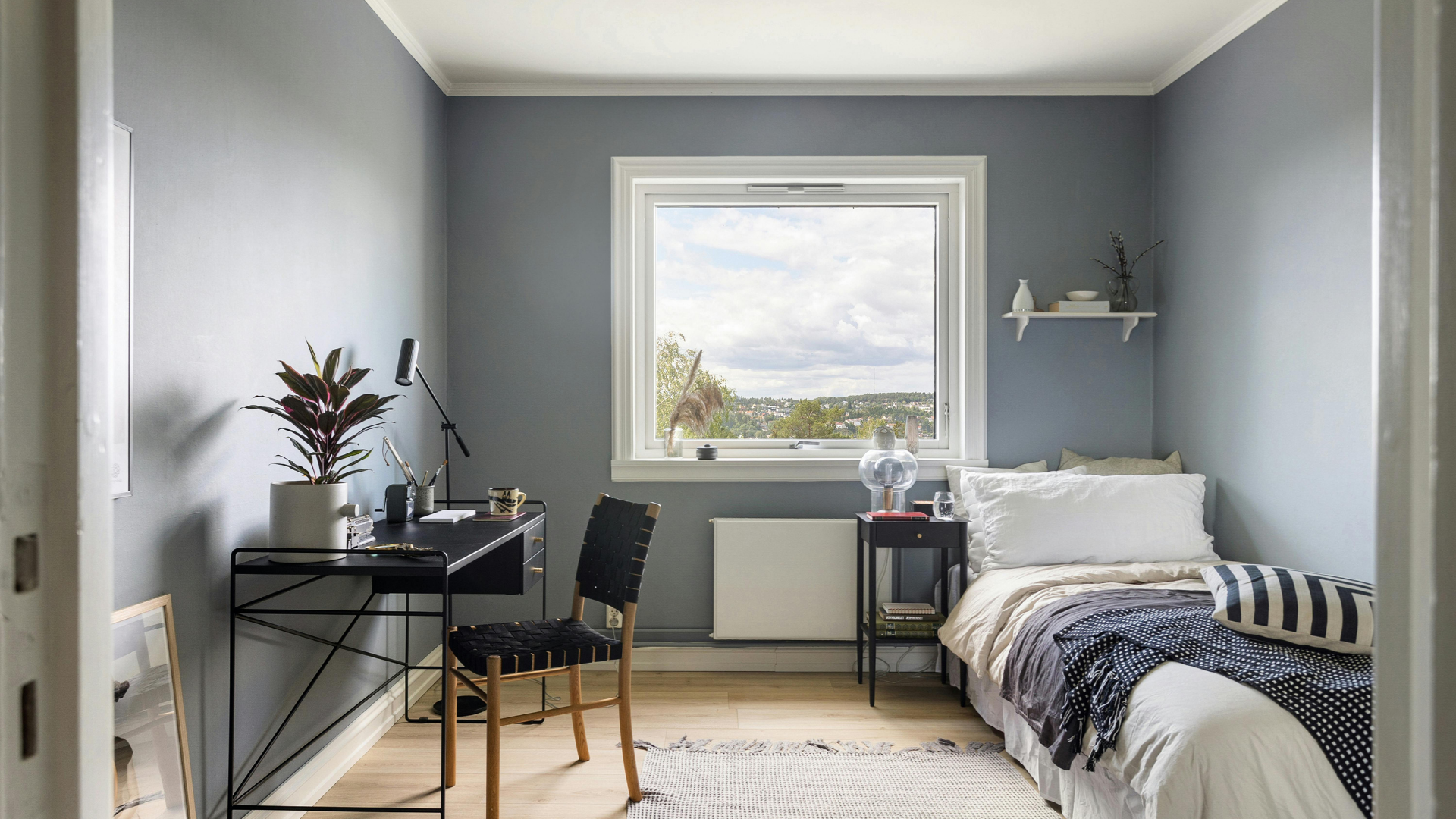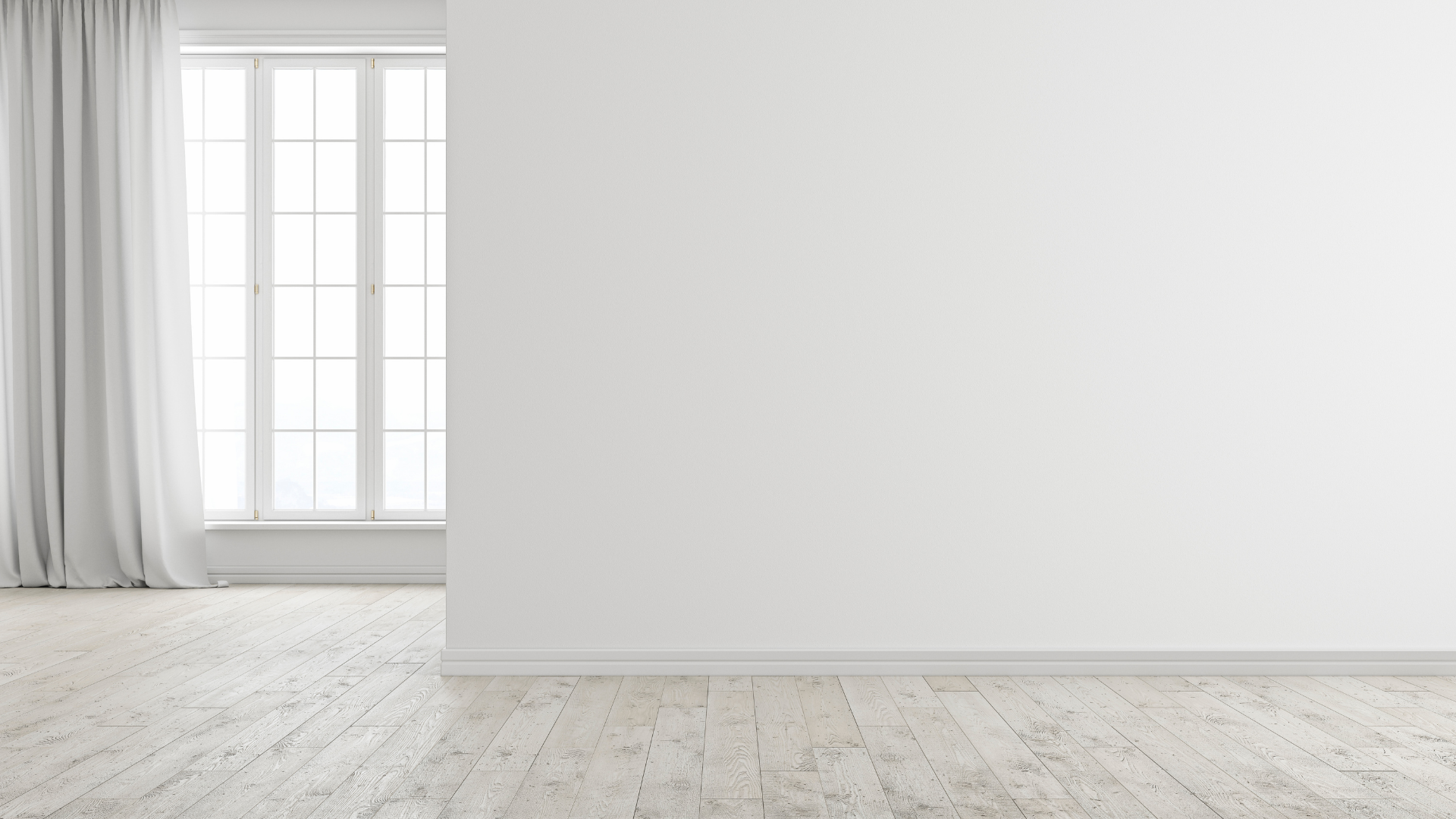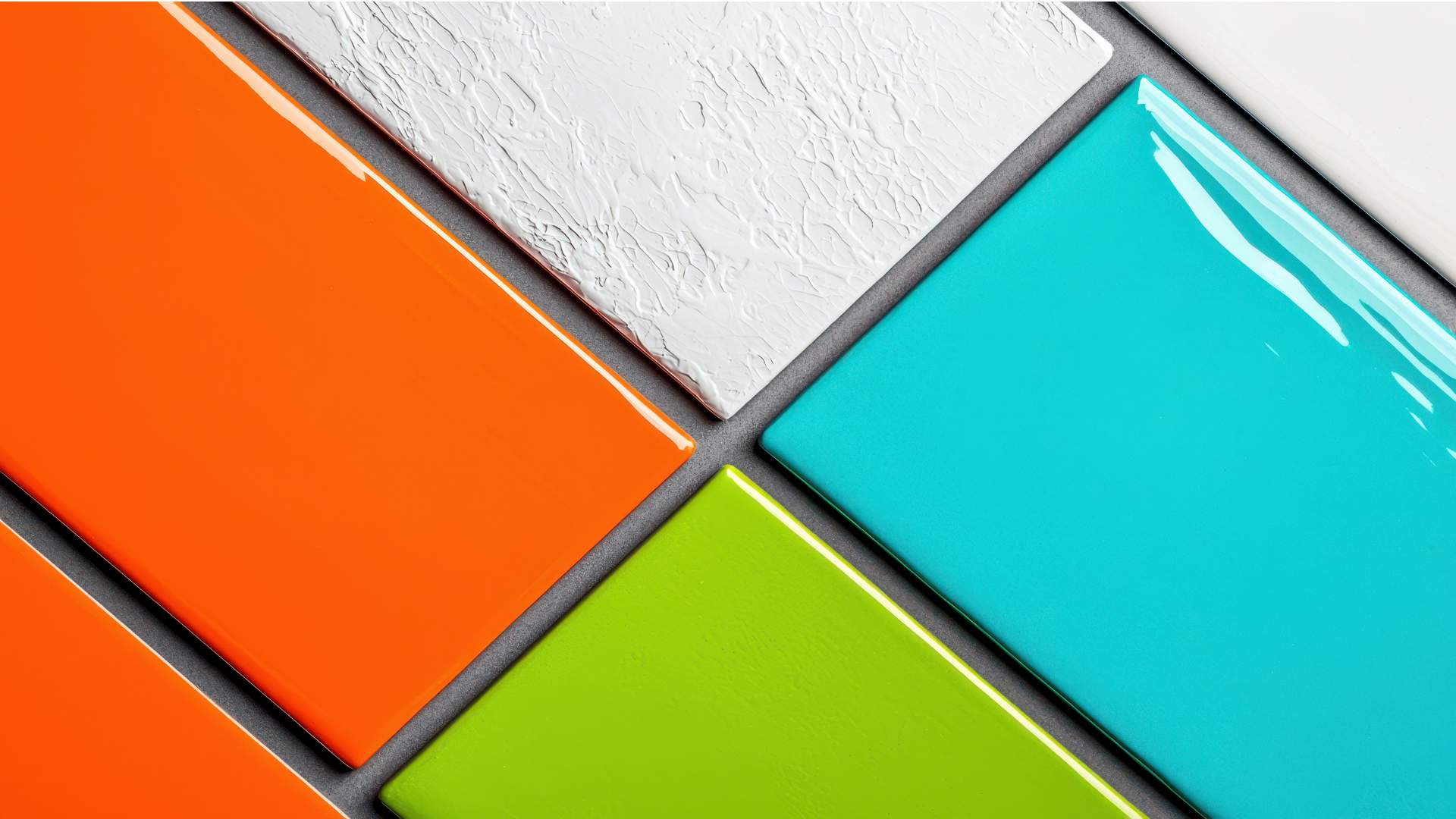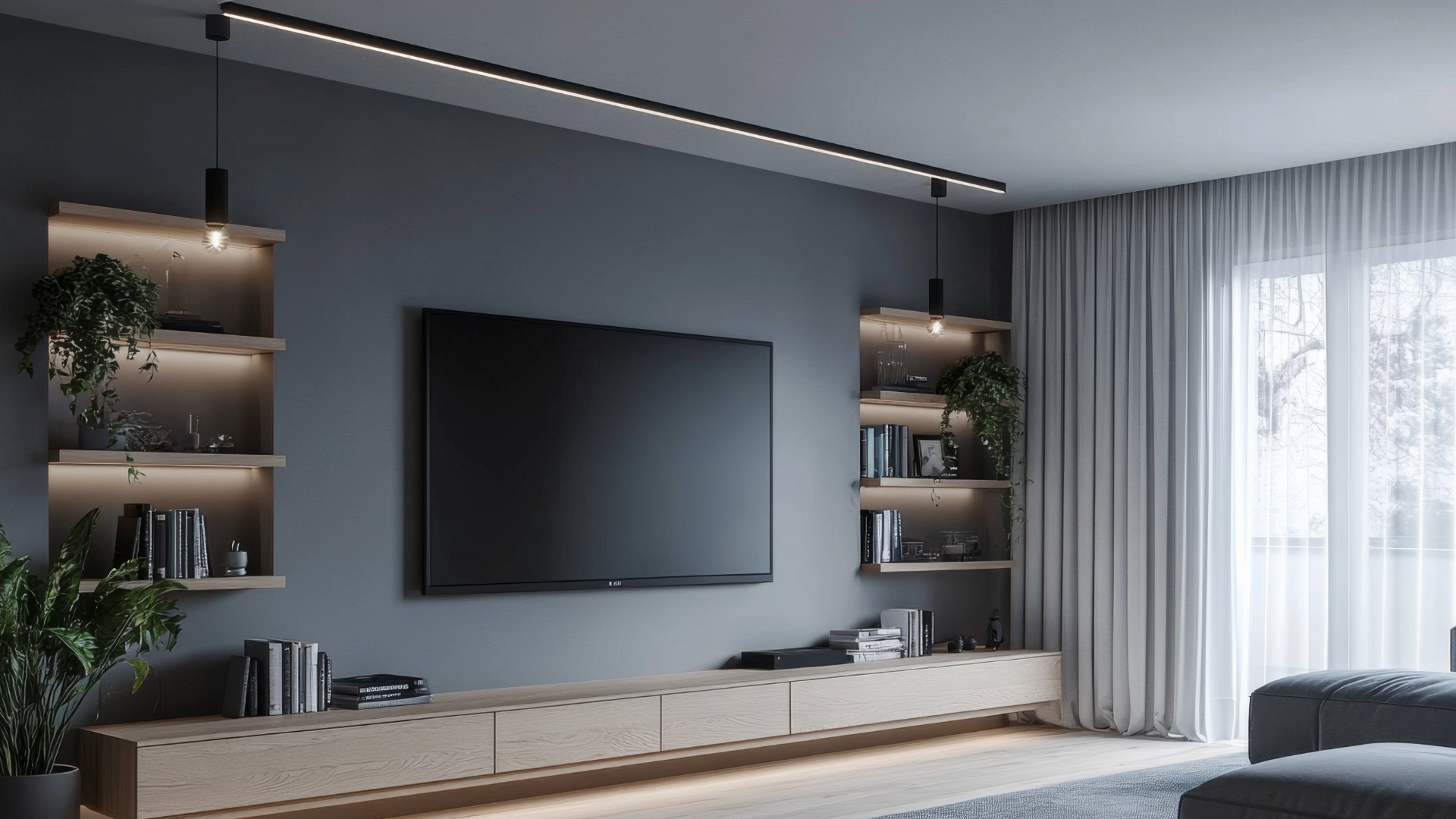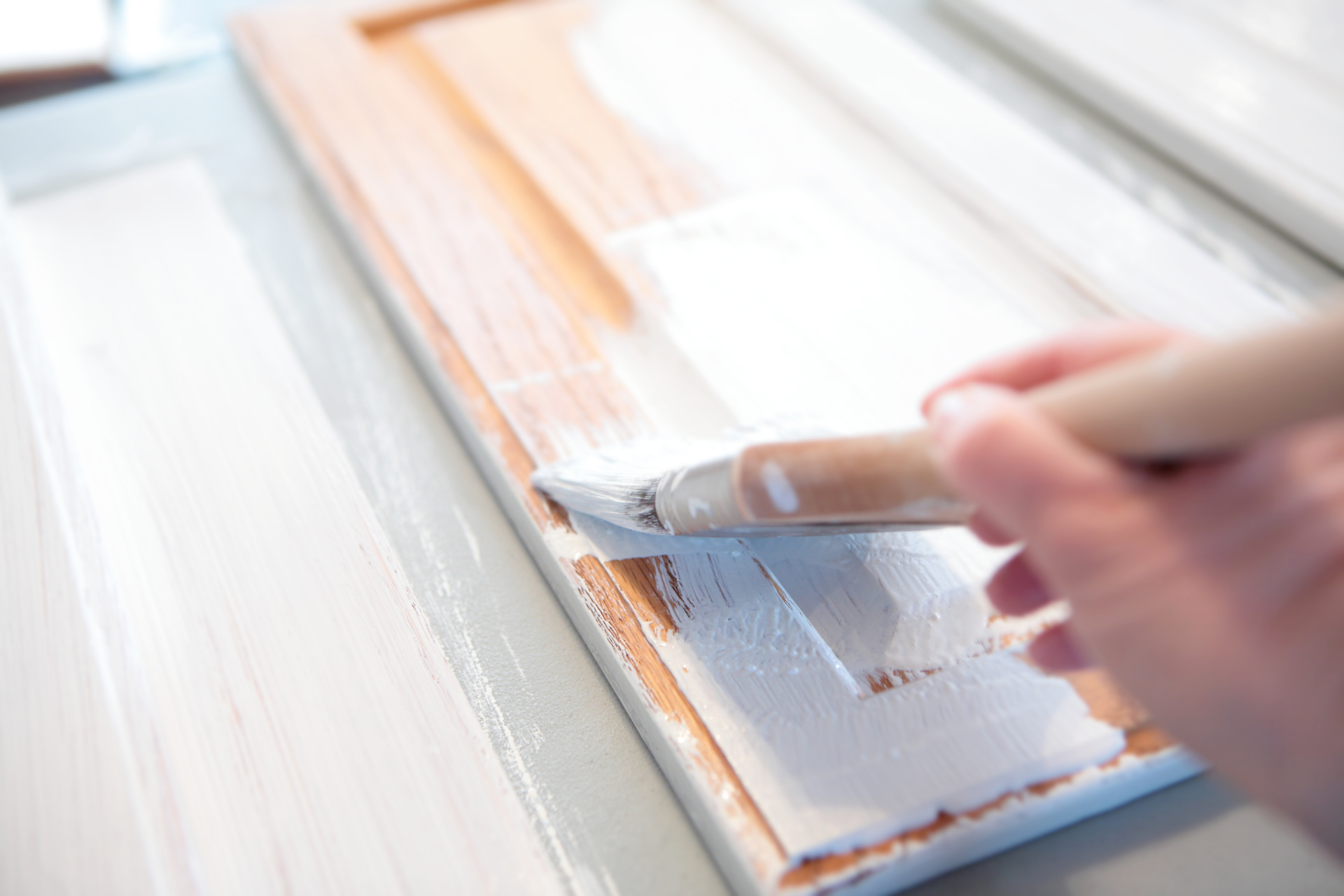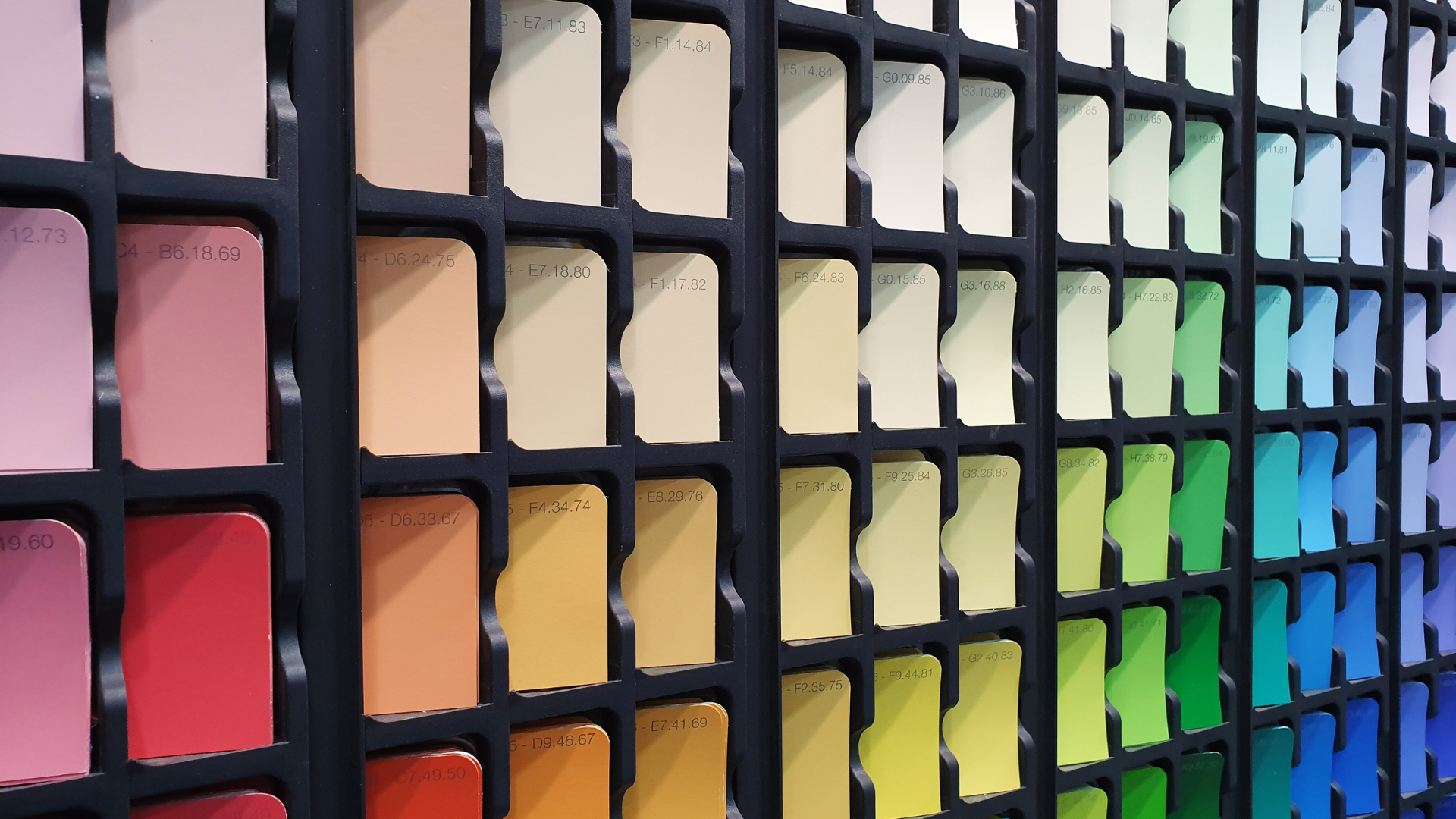Accent Walls Are Back But Look Different Now
New Trends In Focal Walls That Don’t Feel Outdated
Accent walls have circled in and out of popularity for decades, but today’s versions are far from what people might remember. Gone are the predictable single bold colors slapped on the longest wall in the living room. Designers, homeowners, and creative painters have pushed the concept further, making accent walls less about a single contrasting color and more about building up the atmosphere of a room in a way that improves its look and how you’re feeling, both inside and out. The new wave of accent walls isn’t about standing out for the sake of being different—it’s about shaping how a room feels and drawing the eye in more intentional, artistic ways.
What makes this modern approach so captivating is the freedom it allows. Instead of being locked into the idea that an accent wall has to sit in one obvious spot, people are choosing walls that highlight a feature or create a visual balance. This could be the wall that frames a bed in a bedroom, the backdrop to a dining space, or even a curved partition that defines a reading nook. Placement has become just as important as color, and it’s this combination that’s giving accent walls their comeback in such a striking form.
Deep Colors That Anchor A Room
Color has always been central to accent walls, but the current trend emphasizes richer, moodier tones that transform how a space feels. Deep greens, earthy terracottas, inky blues, and sophisticated charcoals are no longer reserved for dramatic dining rooms or offices—they’re finding their way into bedrooms, kitchens, and living areas. These hues add a grounding presence, pulling the eye in and giving a sense of depth that lighter shades simply can’t achieve.
The beauty of these darker tones is their ability to set a mood. A wall drenched in a velvety navy can make a living room feel more intimate, while a dark olive might give a kitchen warmth and character. These aren’t colors meant to overwhelm, but instead to complement the other elements in the room. They make lighter furnishings pop, highlight architectural features, and create an anchor point that ties everything together.
Another advantage of deeper shades is how well they play with texture. A matte finish can soften the richness of the color, making it feel calm and understated, while a glossy finish can bring out more energy and sophistication. Layering these tones with wood accents, natural textiles, or metallic details adds to the visual interest and helps the wall feel like a deliberate design choice rather than a simple splash of paint.
The Rise Of Curves And Creative Shapes
Perhaps the most exciting shift in accent walls is the move away from rigid, rectangular blocks of color. Instead of stopping neatly at the edges, accent walls are bending, curving, and spilling over in unexpected ways. Arches painted in contrasting shades can frame a doorway or piece of furniture, while flowing shapes that extend across corners can make a space feel dynamic and full of movement.
Curved designs add a softness that breaks up the hard lines of modern architecture. Where a straight edge might feel abrupt, a sweeping arc can feel welcoming and organic. These shapes can also guide the eye through a room, subtly highlighting the layout and drawing attention to specific focal points. For example, a circular accent behind a sofa can create a sense of intimacy, while a semi-circle painted above a desk can make a workspace feel energized and personal.
This approach also invites experimentation with layering. Some designers are combining multiple colors in intersecting shapes, creating a kind of mural effect that’s playful yet refined. Instead of a single block of paint, the accent wall becomes a piece of art in itself, transforming the perception of the room entirely. What was once considered a quick design shortcut is now an opportunity for creativity and craftsmanship.
Rethinking Placement And Purpose
What truly distinguishes today’s accent walls from their predecessors is the freedom of placement. Instead of choosing the longest wall or the one directly opposite the door, people are considering where the eye naturally travels when walking into a space. The wall might be chosen because it frames a fireplace, surrounds built-in shelving, or enhances an architectural curve. In some cases, the accent doesn’t even sit on a full wall—it could be the ceiling, a slanted attic slope, or even a column.
This shift in thinking opens up endless possibilities. A strategically placed accent wall can make a small room feel larger by pushing depth into the background, or it can make a wide space feel cozier by bringing the focus inward. It can highlight architectural details that might otherwise go unnoticed or add definition to an open-concept floor plan.
The key is that accent walls are no longer an afterthought. They’ve become an integral part of how people plan and experience a space. The placement is chosen with intention, guided by the flow of the room, the natural light, and the furniture layout. When all of these elements work together, the result feels cohesive and impactful rather than random or forced.
Accent walls may have been around for years, but their modern revival is far from a repeat of the past. By embracing bold, deep colors, experimenting with curved shapes, and carefully rethinking placement, they’ve evolved into a design element that feels fresh, sophisticated, and deeply personal. They’re no longer just a way to add contrast—they’re a way to shape how a room feels, to create atmosphere, and to highlight the character of a home.
At Gutierrez Painting, we understand how these details can transform a space into something extraordinary. Whether it’s a dramatic wall in a living room, a curved design in a bedroom, or a bold splash of color that pulls together an open-concept home, our team knows how to bring these ideas to life with precision and creativity. If you’re ready to reimagine your space with a modern accent wall,
contact us today and let’s make it happen.

